| As I begin this post, I am just about 1/5th of the way through David Mitchell’s novel Cloud Atlas. It’s a good novel. Well written. Well reviewed. I’ve read Mitchell before, an earlier novel that I liked more than not. Then I starting putting his novels in a large private category: works that I would like to have read but wasn’t sure I wanted to tackle. There’s an old science fictional concept from the middle of the last century that applies. Books could be reproduced in pill form, and when you took one you would have read the book. You could experience languages, scientific concepts, sexual experiences, anything, in this manner. |
| I was drawn to tackle Mitchell’s novel after having experienced, several times actually, both in a movie theater and on Blu-ray at home, the Wachowskis’ and Tom Tykwer’s movie Cloud Atlas, which I found an easy pill to swallow indeed. Will I pull back from the novel and stick the rest of it in that private category? Perhaps. Not sure yet. My probable path will be to continue on, a bit at a time, until I reach the end of its 509 pages. It impresses, but it simply is not as much fun as the movie. The carrot is that I will watch the movie again once I have finished the novel. |
The two works are quite different structurally. The novel, famously, is a series of interconnected tales over time, nested Russian dolls, if you will, beginning with the diary of a man on a ship in the Pacific in the 19th century, the next section a series of letters from a man in the early 1930s from an estate in the Netherlands to his lover in England, the third section dealing with that lover and his being trapped in an elevator with a young reporter some 50 years later, and on and on until the central section deals with events in the far future. Then we return through the series of nested tales until we end with the 19th century diary. And each section is told with a different voice, wonderfully captured.
The movie intercuts the many tales, making grand leaps through time (a period covering some 500 years or more), usually motivated by a visual image in one scene being echoed by something in the next. Tykwer directed the 1930s, 1970s, and 2012 sequences, the Wachowskis the 19th century sequence and the two set at different times in the future. The fact that I have liked Tykwer and the Wachowskis for many years now, even on projects that few others liked, no doubt has something to do with how much I enjoy the movie.
Tom Tykwer, Lana Wachowski, Andy Wachowski
Halle Berry and Tom Hanks in some of their incarnations
Proust. Need I say more about him? Only that “In Search of Lost Time” is such a better title than “Remembrance of Things Past.”
Time is there in the title of Garcia Marquez’s greatest work (One Hundred Years of Solitude) and implied in the title of its closest rival (The Autumn of the Patriarch).
The Tree of Life begins before the creation of the universe, takes a long pause in mid-20th century small town Texas, and within its 2 and a half hour length takes time to show us the end of things. It is arguable that the movie attempts to show us a glimpse of the face of God.
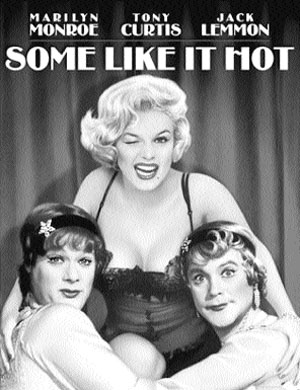
The other night I was watching Some Like It Hot again. The film (it was film then) came out in 1959 and dealt with events taking place in 1929, some 30 years earlier. I can recall seeing it then and thinking how quaint everything looked way back the old days. To my amazement I noticed that some 55 years had passed between the time when I first saw the film and the present year. So I sat there in my old daze.
How strange it is to realize that things that happened in your own life have become history!
(The history of the various cuts of this movie are fascinating. http://en.wikipedia.org/wiki/Once_Upon_a_Time_in_America
I am eager to see it again, but now I will await the even longer cut that will be available on Blu-ray September 30 with a run-time of 4 hours and 29 minutes. That’s a lot of movie and still not as long as Leone wanted it.)
| The running time of movies and how it changes is in itself a fascinating topic. Loving The Thin Red Line as I did, I was eager to see Terrence Malick’s next one, The New World. What was released turned out to be a drastically cut version, shorter than Malick wanted. It seemed interminable. I couldn’t figure out why it had been so well received at the international film festivals. Then later I got the “extended director’s cut.” Now the movie began to make artistic sense to me. Longer was shorter. |
But Kubrick did cut the running time of 2 of his films soon after release: 2001, A Space Odyssey and The Shining. I was fortunate in getting to see the longer versions of each. My memory tells me that the longer cuts were best. Unfortunately, the cut footage from both has been destroyed, and now I will never be able to compare.
| Pauline Kael was notorious for seeing a movie only once. It either made its point on one viewing or it wasn’t worth attending to. I love to return to movies. Every time I see one again, I am different. Older, if you prefer. The East of Eden I see today is different from the East of Eden I saw in 1955. (By the way, did you realize that if James Dean were still with us he’d have turned 83 on February 8!) Seeing Some Like It Hot recently I had a much less positive feeling about it than the one I had formed over the years. So much of it doesn’t hold up. Some of it does. It is intriguing to watch and try to figure out why. In both cases. Over time, one sorts things out. Why do I now like Seven Chances more than I like The General? (I could answer that, but I won’t. Not here.) |
| When Tom Miller was 76, he mentioned to his older sister Norma that the older he got the faster time flew. Honey, she said, wait till you’re 93! Well, he didn’t make it past 85, but he did learn what she meant. As did I. As do I. As did Maxwell Anderson. He knew that although it is a long, long while from May till December, the days do grow shorter when you reach September. The days as they dwindle down do become more precious. More and more I pick up a book or a movie, start it, and put it down, not that it seems intrinsically bad but just that it doesn’t appear to be worth the investment of what remains of my time. I make use of Jonathan’s Famous Filters, some of which are mentioned in a previous post of my MOVIES blog. There are a few relevant thoughts in my BOOKS blog post called “New Books & Old Eyes.” |
| Tolkien’s Gandalf says, “All we have to decide is what to do with the time that is given us.” Yes. I think he was talking about great deeds, heroic gestures, saving the world. I don’t operate on that level. I’ve done a few good deeds. I’ve helped out a few people who needed me from time to time. I’ve tried not to create bigger problems for the world to solve. My footprint is small indeed. (At least I’m not stomping people into the ground, and that counts for something.) At this point, getting through each day and enjoying it is about the height of my ambition. |
Actually, I don’t obsess about how much time. Increasingly I’m just glad I got up this morning and the coffee pot still works! I will fill my day with little things, maybe a bit of mowing, maybe a bit of reading (now, while I’ve been working on this piece, I find that I have managed to get nearly 4/10ths of the way through Cloud Atlas! Looks like I may finish it after all), maybe watch a DVD or something I have recorded. Lunch, a cocktail this evening, a glass of wine with dinner (decisions: warm up some chicken tenders I cooked the other evening or bake a tilapia filet. In either case I’ll probably have sliced roasted zucchini with it). Just my quiet and usual pleasures. To get me through the day. To get me through the night. And with any luck I’ll wake up again tomorrow morning.
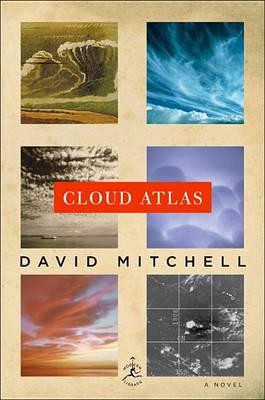
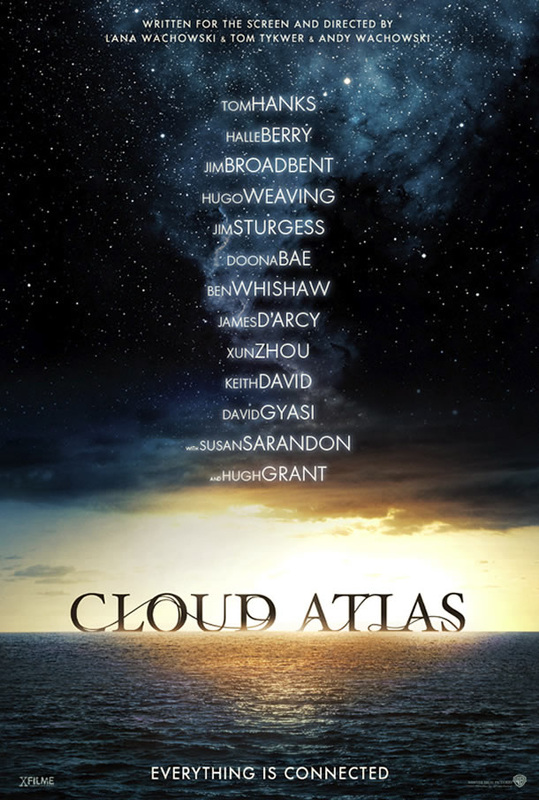
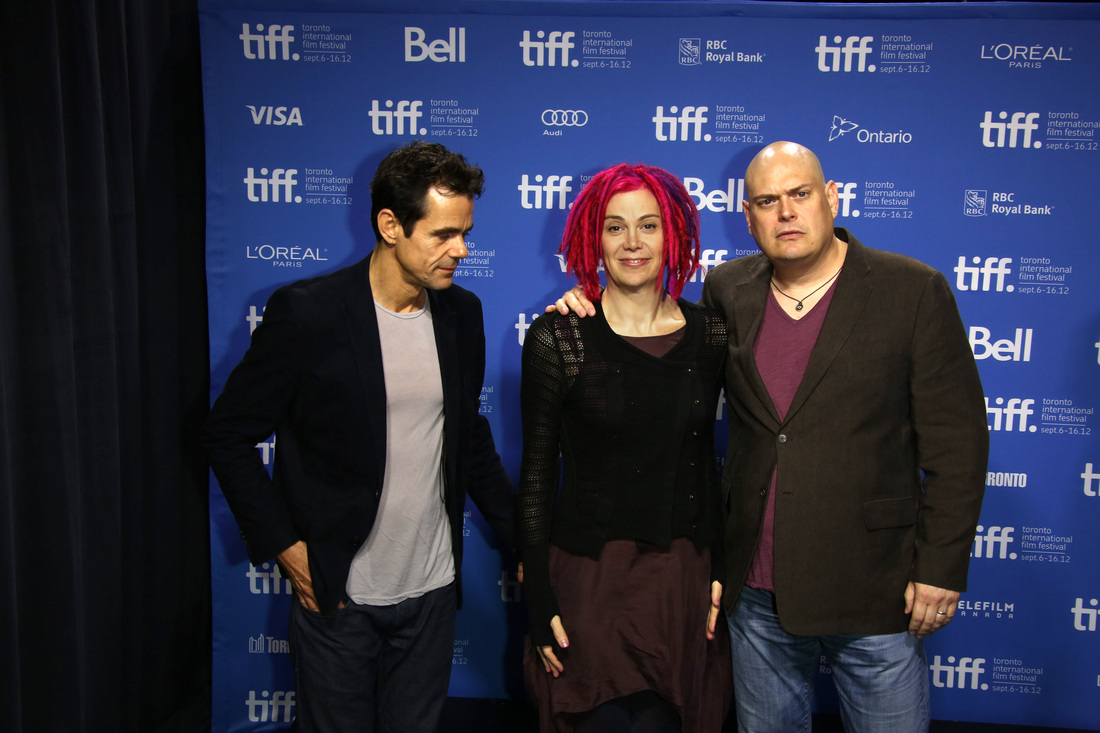
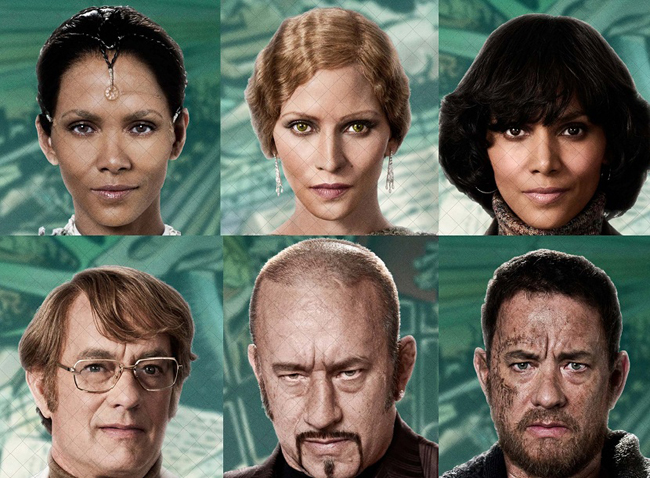
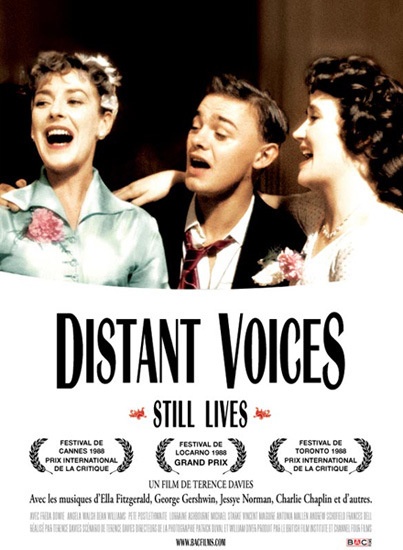
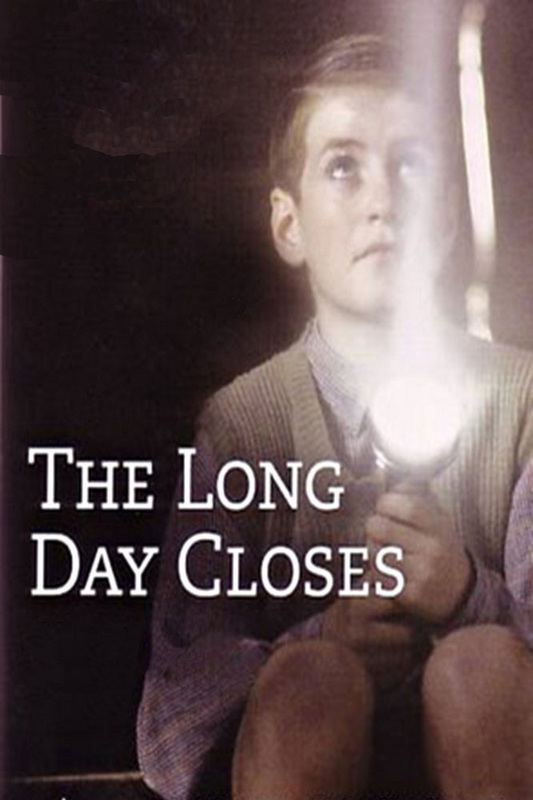
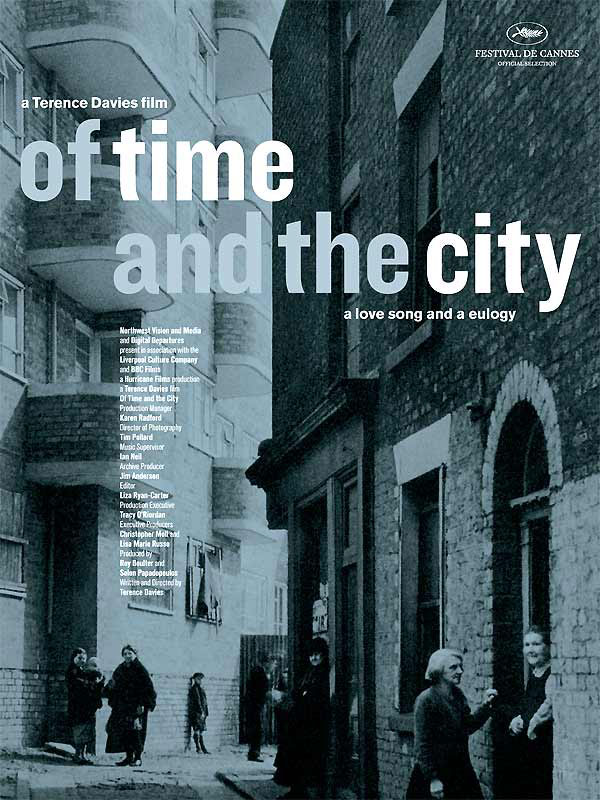

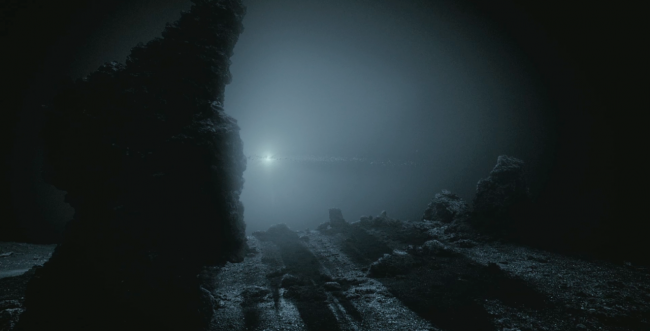
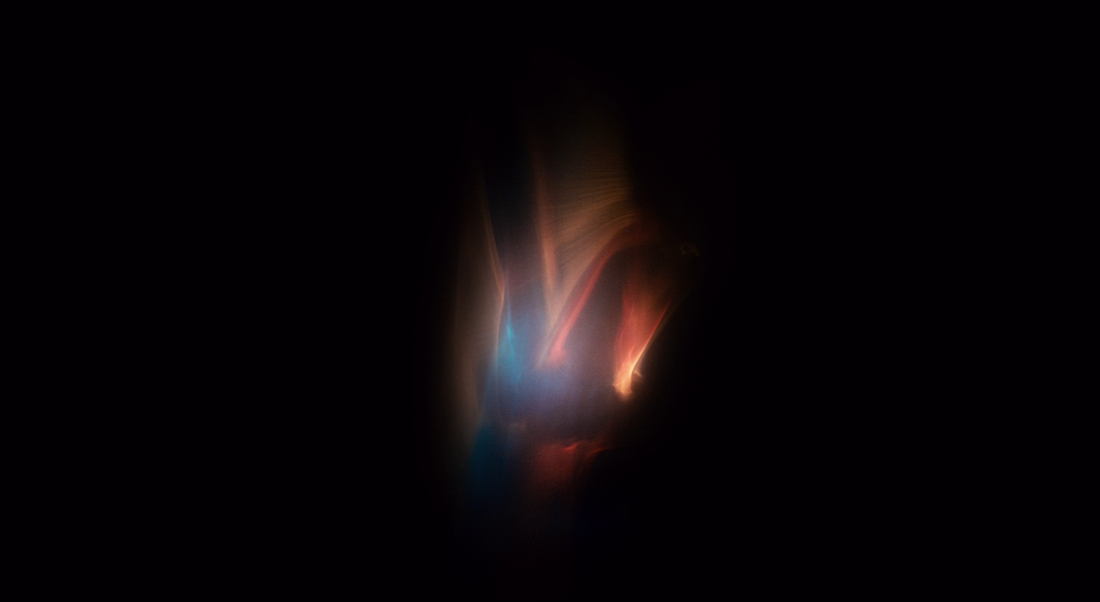

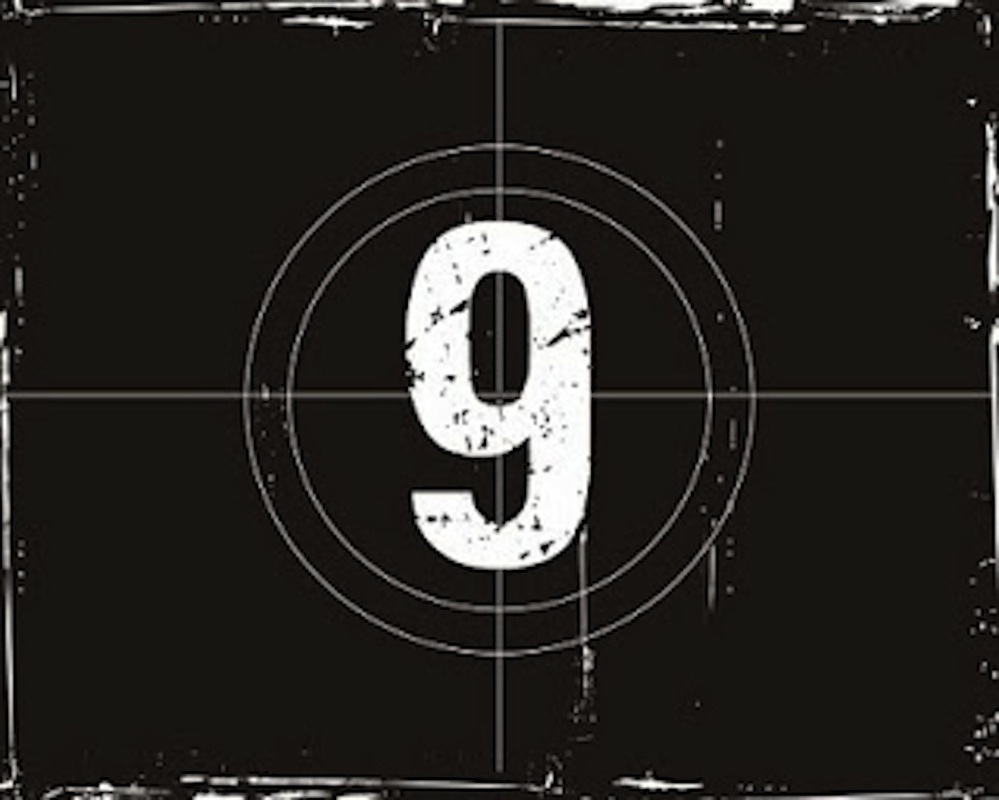

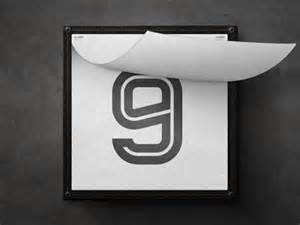

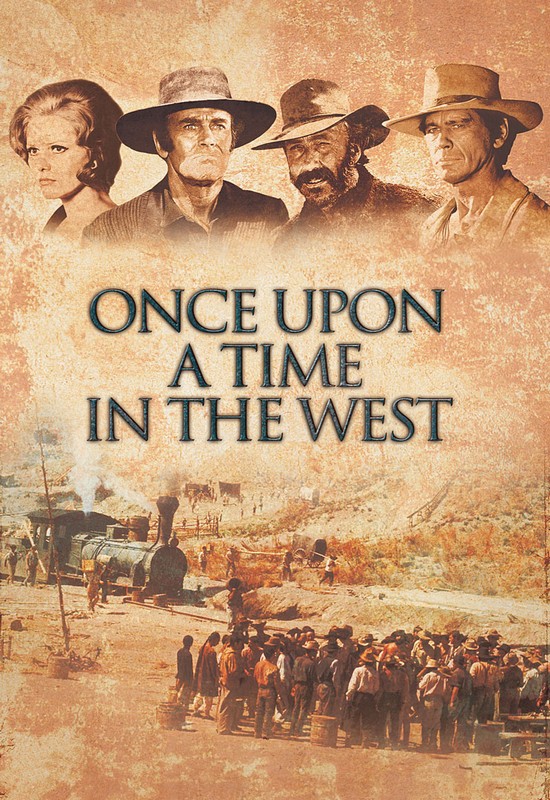
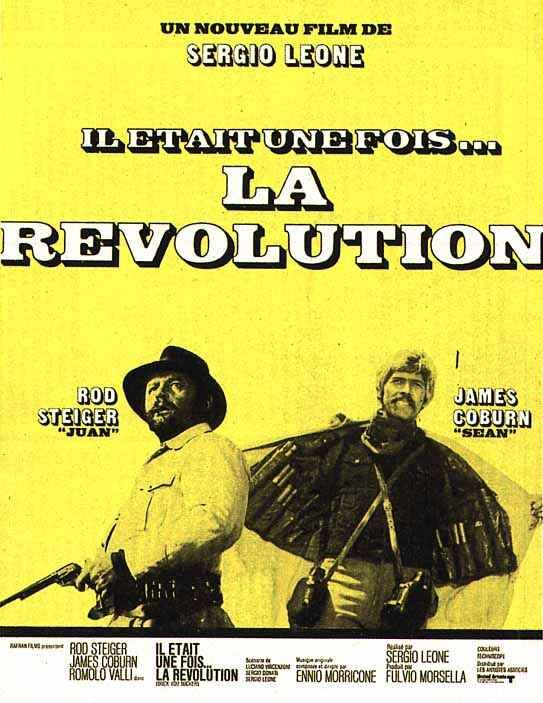
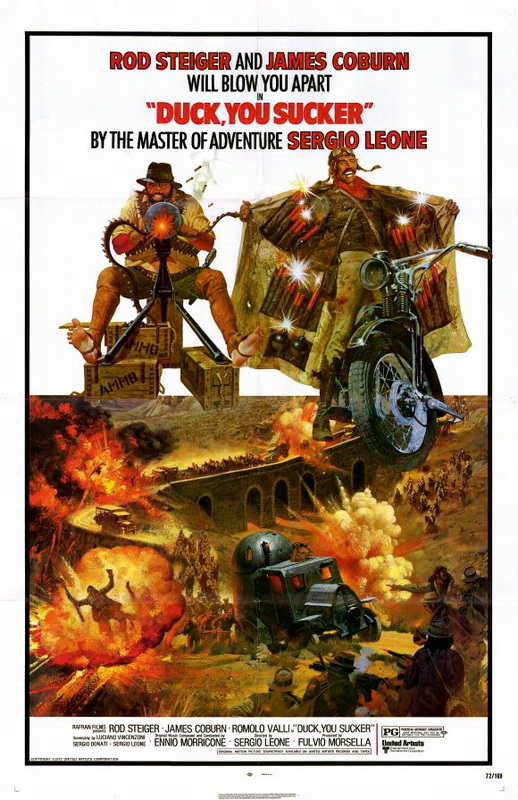
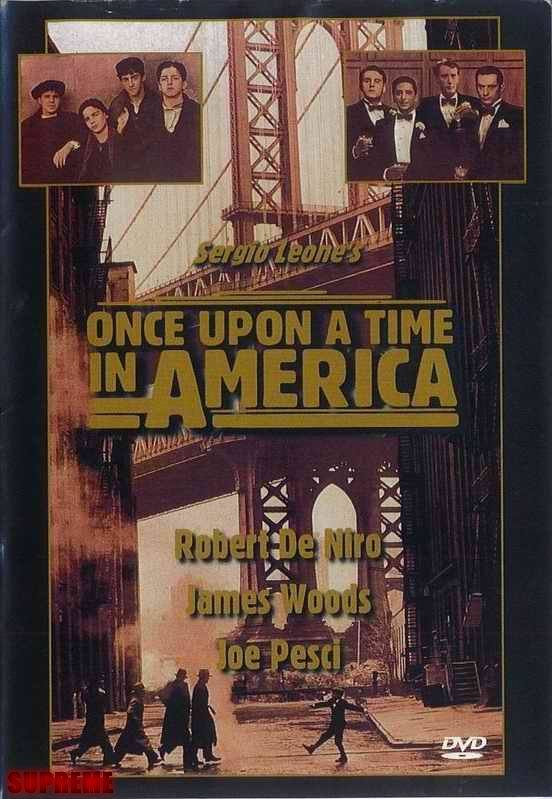
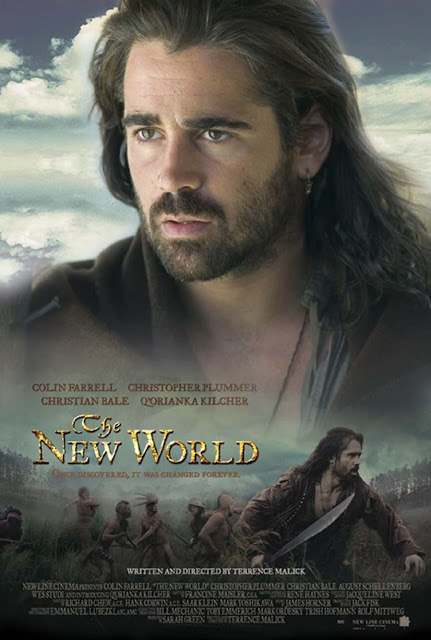
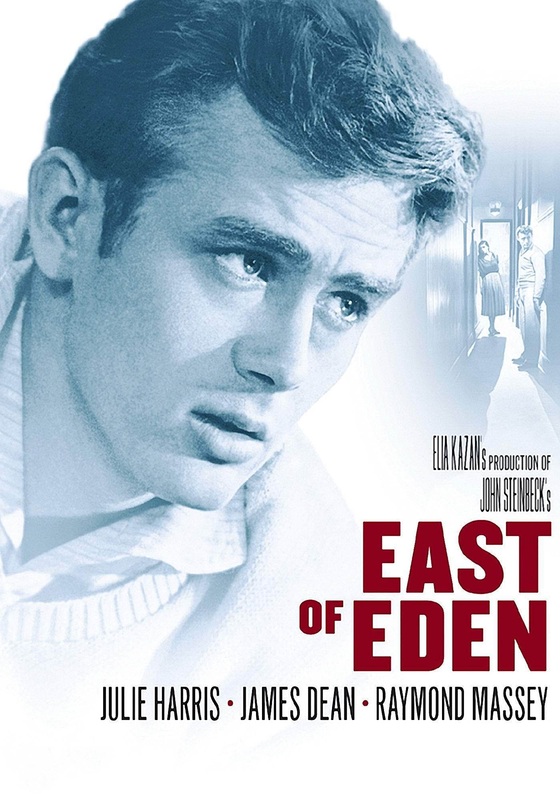
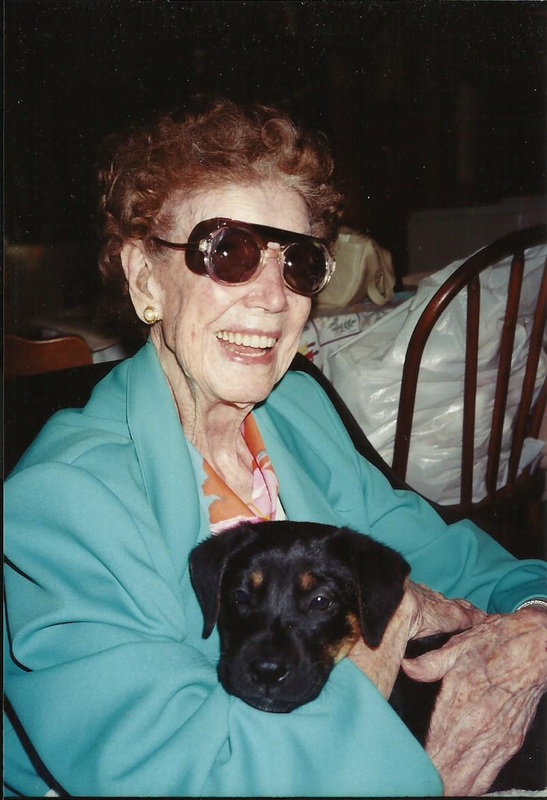
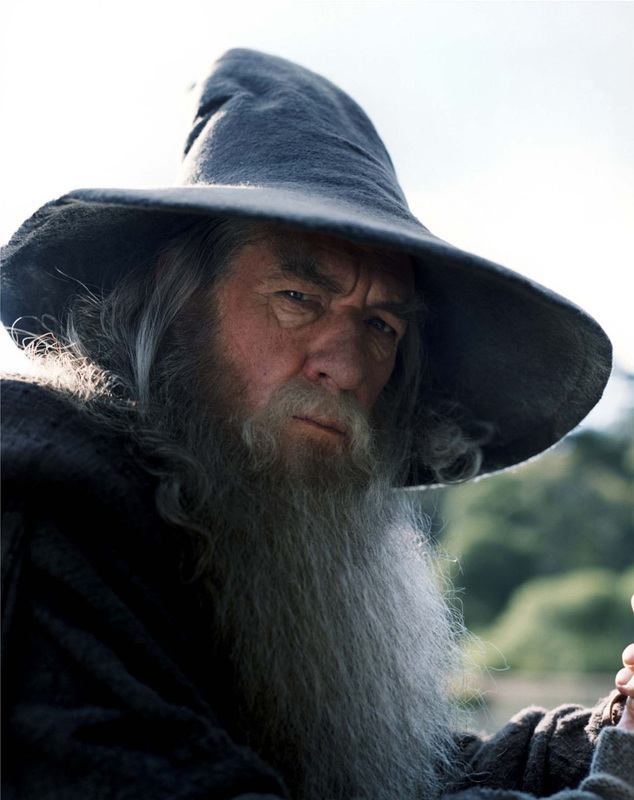
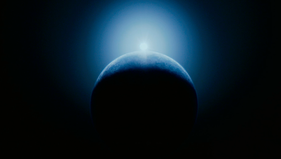
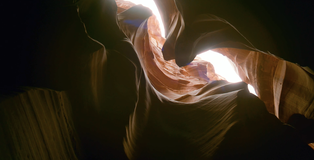
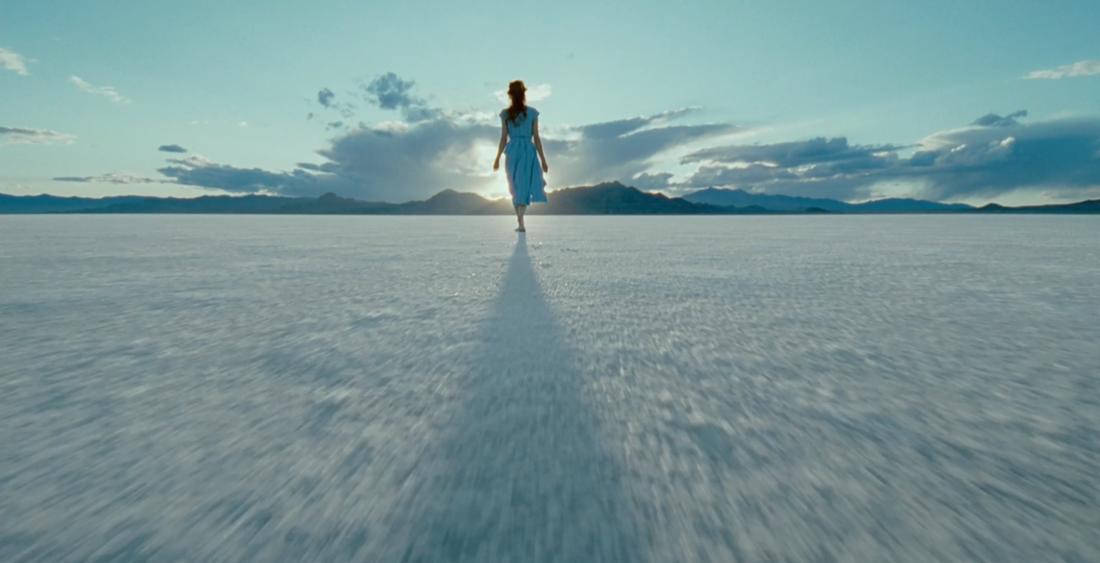
 RSS Feed
RSS Feed